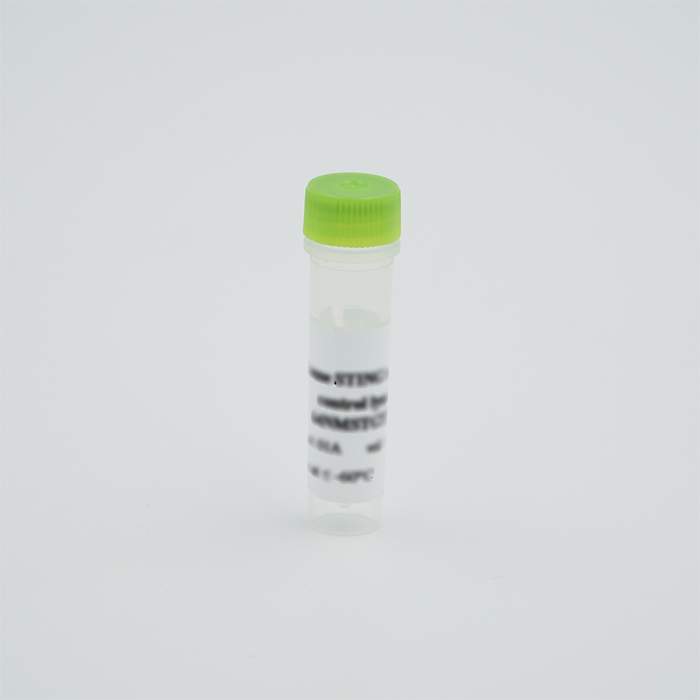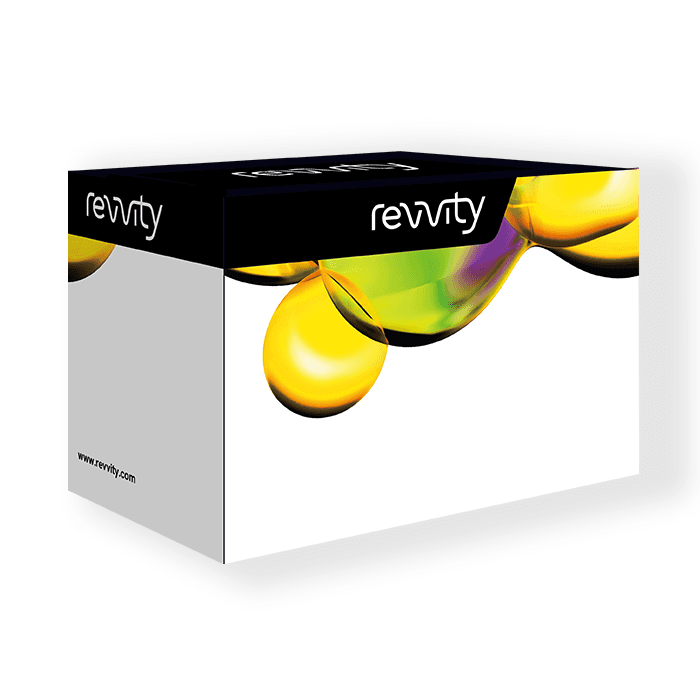

HTRF LCL161 Red Ligand
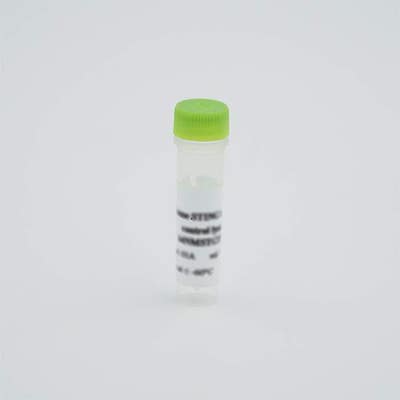

HTRF LCL161 Red Ligand
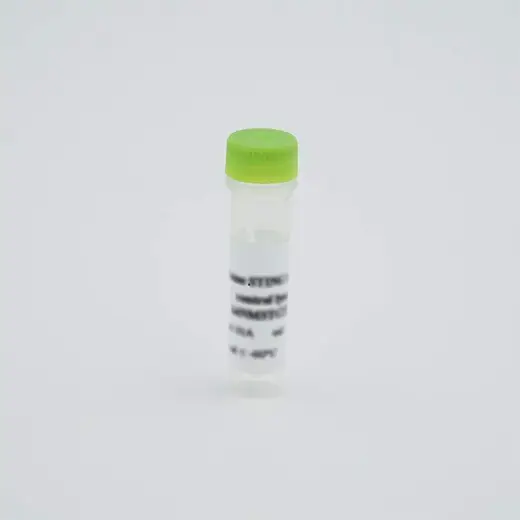


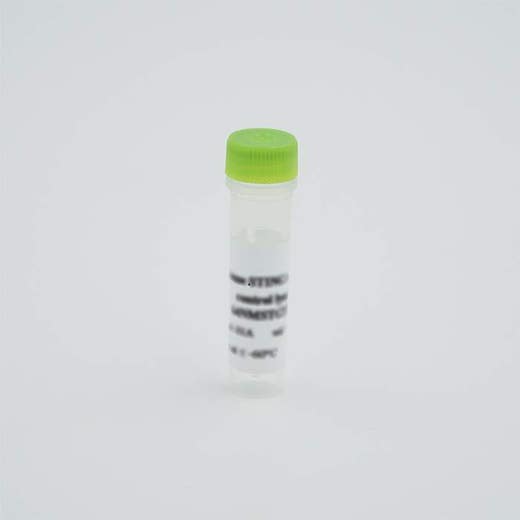


HTRF LCL161-Red Ligand can be used for affinity binding experiments in association with the HTRF cIAP1 BIR3 Binding kit to investigate cooperativity effects within PROTAC drug discovery.
HTRF LCL161-Red Ligand can be used for affinity binding experiments in association with the HTRF cIAP1 BIR3 Binding kit to investigate cooperativity effects within PROTAC drug discovery.



HTRF LCL161 Red Ligand



HTRF LCL161 Red Ligand



Product information
Overview
HTRF LCL161-Red Ligand is primarily intended to perform cooperativity binding studies. It enables to calculate the affinity of the LCL161 Red Ligand for cIAP1 BIR3 protein in the presence of the targeted protein of interest. The obtained Kd of HTRF LCL161-Red Ligand for cIAP1 protein, in absence and presence of the targeted protein enables accurate analysis of cooperative effect assessed with the HTRF cIAP1 BIR3 binding kit.
Specifications
| Automation Compatible |
Yes
|
|---|---|
| Brand |
HTRF
|
| Detection Modality |
HTRF
|
| Product Group |
Fluorescent Reagent
|
| Shipping Conditions |
Shipped in Dry Ice
|
| Technology |
TR-FRET
|
| Therapeutic Area |
Inflammation
Neuroscience
Oncology & Inflammation
|
| Unit Size |
1 unit
|
Video gallery

HTRF LCL161 Red Ligand

HTRF LCL161 Red Ligand

How it works
HTRF LCL161 ligand binding assay principle on the cIAP1 BIR3 binding domain
HTRF LCL161 - Red Ligand binding is detected in a direct binding assay format using an anti GST-Europium Cryptate antibody which binds to GST-tagged Human cIAP1 BIR3 domain. When the dyes are in close proximity, the excitation of the donor with a light source (laser or flash lamp) triggers a Fluorescence Resonance Energy Transfer (FRET) towards the acceptor, which in turn fluoresces at a specific wavelength (665 nm) (Image A). The specific binding signal is calculated by subtracting the non-specific binding signal from the total signal, enabling Kd determination for the HTRF LCL161 - Red Ligand (Image B).


HTRF LCL161 - red ligand binding assay protocol
Saturation binding experiments of HTRF LCL161 - Red Ligand can be run in 384-well plates by dispensing 5 µL of Diluent 9 buffer (for Total binding) or cIAP1 BIR3 Binding standard (for non specific binding). Then 5 µL of PROTAC Binding Buffer 2 (for reference) or the targeted protein diluted in PROTAC Binding Buffer 2 (for cooperativity studies) are added, followed by 5 µL of GST-tagged cIAP BIR3 protein. Finally, 5 µL of a pre-mixed solution of HTRF LCL161 - Red Ligand and Anti-GST Tb cryptate antibody are added.
The HTRF Ratio is measured after 2 hours of incubation at room temperature.

Assay details
|
HTRF LCL161 - Red Ligand Kd (reference without PROTAC protein substrate) |
12 nM ± 10 (2SD) |
Assay validation
Determination of the affinity binding (Kd) of LCL161-red ligand in the presence of targeted protein
In this example, the affinity binding (Kd) of the LCL161-Red Ligand to GST-cIAP1 BIR3 protein was assessed in the absence or presence of the targeted protein BRD4 (10nM or 100nM) . This result indicates that the presence of BRD4 does not change the Kd of the Red Ligand.
Consequently this example shows that a cooperativity experiment with a PROTAC molecule composed of a cIAP ligand and a BRD4 warhead can be set up. Finally, the alpha factor can be established by dividing the Ki of the PROTAC in the binary complex (cIAPBIR3 -PROTAC) by the Ki of the PROTAC in the ternary complex (cIAPBIR3 -PROTAC-BRD4).

Resources
Are you looking for resources, click on the resource type to explore further.
Investigate the dynamics of Interactions
Kinetic values are of importance for characterizing protein-protein interactions...
SDS, COAs, Manuals and more
Are you looking for technical documents related to the product? We have categorized them in dedicated sections below. Explore now.
- LanguageEnglishCountryUnited States
- LanguageFrenchCountryFrance
- LanguageGermanCountryGermany
- Lot Number01ALot DateJune 22, 2026
- Lot Number01RALot DateJune 22, 2026
- Lot Number01RALot DateJune 22, 2024
- Resource TypeManualLanguageEnglishCountry-


Recently viewed
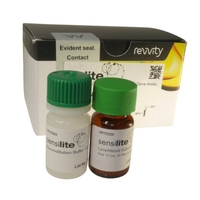
How can we help you?
We are here to answer your questions.































